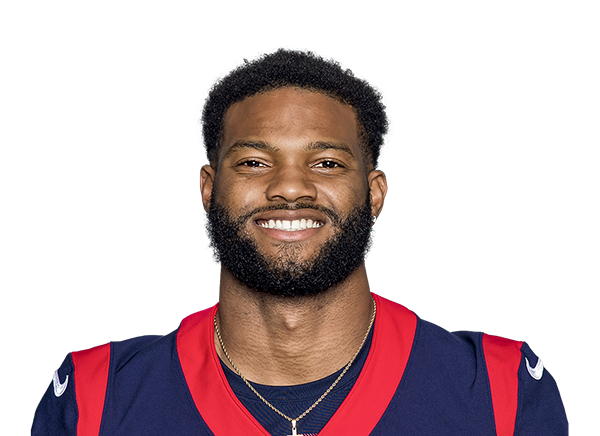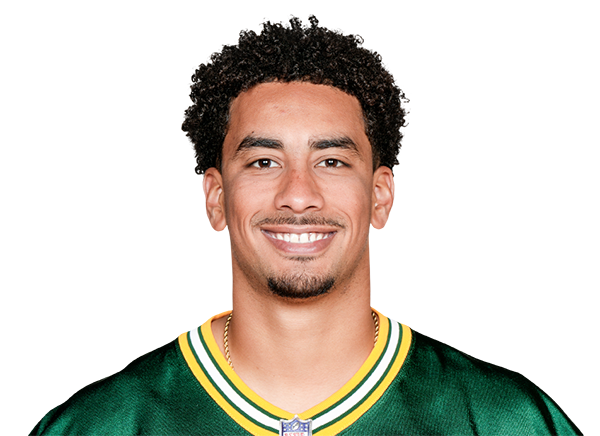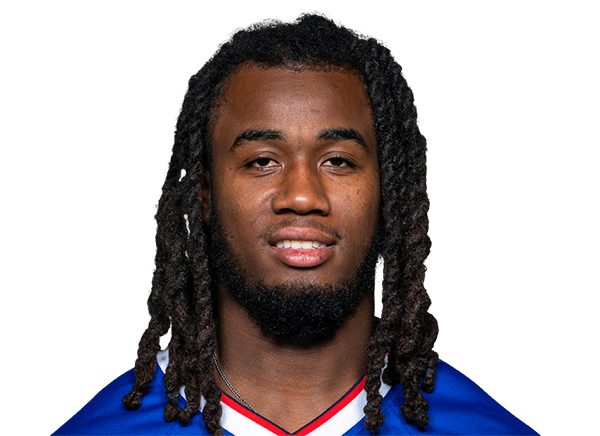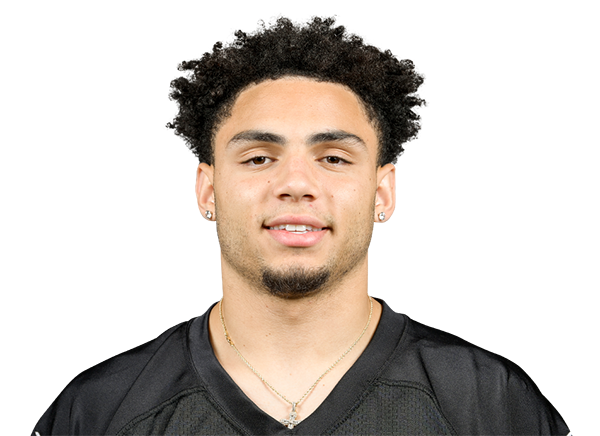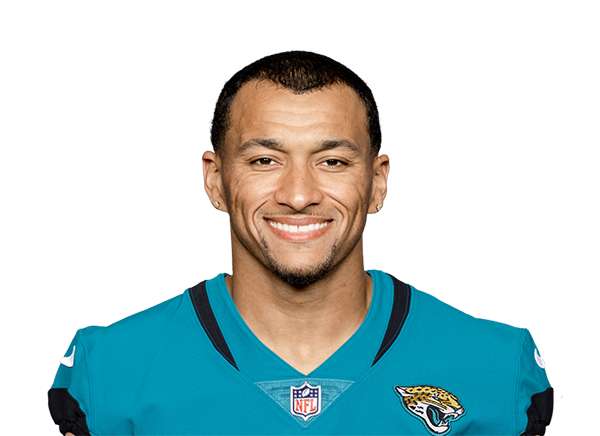Secretly Supercharged
Fair or not, when it comes to professional athletes it seems like a single infamous moment has the ability to overshadow years of work. Despite having an NBA career spanning 15 seasons, Chris Webber will never escape the ignominy of the timeout that wasn’t. Similarly, Tiger Woods’ off-field indiscretions will undoubtedly continue to overshadow the fact he’s the greatest golfer of our generation. As quickly as heroes can be built, they can seemingly be torn down even faster.
For San Diego signal caller Philip Rivers, our collective decision to diminish his body of work occurred following a dismal 2012 campaign. In what can only be described as a massive disappointment, Rivers struggled across the board en route to posting his worst season since 2007:

While his completion percentage and turnover ratio still represented above-average values, his yards-per-attempt (YPA) statistic was over a full yard less then his career mark of 7.88. Coupled with a relatively paltry 527 attempts, it’s no surprise Rivers finished the season as the fantasy QB18. However, much like with cake, onions and Shrek, it behooves us to peel back the layers and dig deeper.
While the popular rationale was that Rivers was suffering from a case of early-onset arm weakness, there exist other reasons for his perceived sudden demise. First, a truly “offensive” line allowed Rivers to be sacked 49 times, fourth-most in the league. Secondly and most importantly, his supporting cast left much to be desired.
As can be seen above, receivers Malcom Floyd and Danario Alexander were the only pass catchers who performed in an above average manner and they were only able to combine for 24 games between them. Given the lack of weapons (and blocking), a whopping 29.9% of Rivers’ attempts targeted running backs, aiding in his subpar efficiency. Continuing, the running game also failed to live up to expectations, averaging 3.6 yards-per-carry across the board – this cumulative effort ultimately led to an offense that sputtered its way to 21.9 points per game, good for 20th in the league.
This combination also culminated in a bizarre devaluation for the once elite quarterback, causing fantasy footballers to bail en masse. In what can only be described as a failure to see the forest for the trees, Rivers’ previous body of work (shown below) went largely ignored:
As seen above, in the four years preceding 2012, Rivers never fell below the rank of the overall QB9. He also exceeded 4,000 passing yards in each of those seasons and never failed to throw for fewer than 27 touchdowns. In essence, while 2012 should’ve been viewed as an aberration, the masses chose to view it as a new standard.
Not shockingly, Rivers spiked again in 2013:
With the addition of new head coach Mike McCoy (and coordinator Ken Whisenhunt), Rivers recaptured his previously elite form. His YPA statistic was well above his career average, and his TD/INT ratio approached 3:1. This ultimately added up to a finish as the overall QB6 and a return to the ranks of the QB1 tier.
Digging deeper, Rivers’ efficiency on a per-play basis was once again reminiscent of his earlier years. Previously I had detailed the points-per-attempt (PPA) metric for quarterbacks, which can be derived by taking a signal caller’s fantasy points (solely from passing) and dividing them by his passing attempts. This gives a greater insight as to a quarterback’s true proficiency, eliminating the impact of a deviational volume (see Stafford, Matthew). As seen below, Rivers was no stranger to performing in an effective manner.
Once again, Rivers’ 2012 season (and to a lesser extent, 2011) sticks out like sore thumb. During this temporary lull, Rivers’ PPA value of 0.54 represented a 20.7% drop-off compared to the average of the other five years. In fact, though Rivers was the QB6 in 2013, the only top-five signal caller to best his 2013 PPA of 0.65 was the incomparable Peyton Manning – the others simply had more attempts, or derived points from running the ball. To that end, of the top-12 signal callers in 2013, only three had fewer passing attempts than Rivers, with each deriving a non-trivial fraction of scoring from his respective pair of legs: Cam Newton (473), Russell Wilson (407) and Colin Kaepernick (416).
Though the departure of Whisenhunt hurts, Rivers’ new and improved supporting cast provides an opportunity for sustained success. Receiver Keenan Allen was a revelation as a rookie, tight end Ladarius Green is on the verge of a breakout and running backs Danny Woodhead and Donald Brown are dynamite in the passing game. Even if Rivers’ volume remains relatively stagnant, his efficiency should continue to afford QB1 potential.
To that last point, when it comes to dynasty football, longevity is the name of the game. Yet even given his fictionalized place amongst the veteran signal callers, “Old Man Rivers” is only 31 years old, or roughly an adolescent in terms of the life cycle of football’s most important position. Despite this, as well as perennial successes, Rivers has seen a depressed and stagnant average draft position (ADP) value.
According to the most recent ADP data, Rivers is being selected, on average, in the early 14th round as the overall QB18. Even in January, before the 2014 rookies were added to the pool of draftable entities, Rivers was still falling to the middle of round 12. In a fantasy world constantly succumbing to “recency bias,” why wasn’t Rivers getting a bump based off his sublime 2013 season?
As can be discerned once again from the ADP, it certainly has nothing to do with his age. As can be seen below, four of the top-16 signal callers (25%) are older than Rivers, yet are being drafted significantly higher.
I have no qualms with the likes of Drew Brees and Peyton Manning being selected early, as they represent two of the biggest relative advantages at the position. Similarly, Tom Brady and Tony Romo could potentially be steals at their current draft positions. But if this is the present market, shouldn’t Rivers, who is younger and arguably just as consistently good or better, be selected higher?
Continuing with this Dangerfield-ian lack of respect, a duo of professional neophytes has surged past Rivers in this fictional pecking order. While it’s common knowledge this is the time of year when owners become enamored with shiny new toys, there exists a massive opportunity cost for buying high on rookies who might not pan out. While I’ll never be confused as an ageist when it comes to my dynasty rosters, expecting what amounts to QB1 play out of unproven entities nevertheless makes me uncomfortable.
Perhaps Teddy Bridgewater and Johnny Manziel will be the next Andrew Luck and Russell Wilson, but there’s just as real a chance they become the 2014 version of Blaine Gabbert and Christian Ponder. Even fellow rookie Blake Bortles is currently checking in a mere 11 spots behind Rivers as the QB19, a value I expect to rise if he is, in fact, selected first overall by the Houston Texans. Once again, given the combination of Rivers’ age, skill and consistency, this blows my mind.
Given the summation of the above, I believe Philip Rivers is one of the best buy-low candidates in dynasty football. The numbers support the stance that his 2012 campaign represents the exception, not the rule, and given his relative youth there’s no reason why he can’t continue to function as a QB1 for the next five-plus years. We all wrote him off prior to last season and he proved us wrong in a decisive manner – for forward thinking owners, acquiring Rivers could very well help your team “charge” into the ranks of the perennial contenders.
Follow me on Twitter @EDH_27
- Dynasty Fantasy Football Mailbag: Justin Jefferson, Jameson Williams and Rashee Rice - April 1, 2025
- Forgotten Dynasty Youth: Bottom Tier - March 31, 2025
- Dynasty Fantasy Football Mailbag: Some Tee Higgins Trades - March 25, 2025























